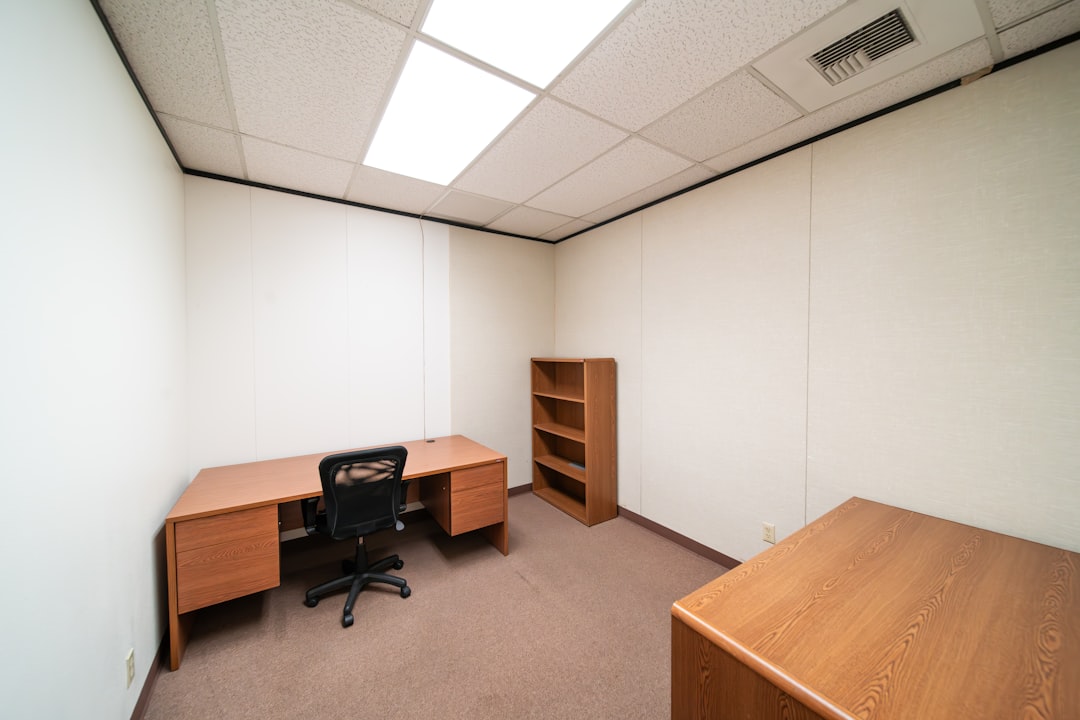When dealing with business-to-business (B2B) communications, precise and accurate address information is paramount. From shipping sensitive documents to delivering products, the efficiency of a transaction often hinges on correct address formatting. One of the most common sources of confusion, especially in forms and databases, is distinguishing between the use of Address Line 1 and Address Line 2. Understanding how to properly utilize fields for Suite, Floor, and Department can dramatically improve logistical accuracy and ensure your data management systems remain consistent and scalable.
The Basics: What Are Address Line 1 and Address Line 2?
In many address forms, you’ll see the fields labeled:
- Address Line 1: Required
- Address Line 2: Optional
Address Line 1 is the primary identifier of a location. It typically contains:
- Street number and name (e.g., 123 Main Street)
- Building number, if applicable
Address Line 2, on the other hand, is used to provide supplemental information regarding the delivery location. It’s important to understand that this field is not for repeating or rephrasing details in Address Line 1. Instead, it should contain specific directives such as:
- Suite numbers
- Floor numbers
- Department names
- ATTN: or C/O information (if necessary and allowed by the system)
This separation is especially crucial in B2B scenarios where large office buildings or commercial structures may house multiple departments, floors, and businesses in the same address block.

Getting It Right in B2B Contexts
When you send a shipment or correspondence to a business partner or client, a small misplacement in address formatting can have disproportionately large consequences. An incorrectly addressed suite number can result in:
- Delayed deliveries
- Misrouted internal mail
- Return to sender errors
- Loss of important documents or goods
Additionally, companies using automated systems for bulk mailings, logistics, or CRM data ingestion often rely heavily on field-based parsing. Mixing transportation-critical details like Suite 200 or Floor 5 into Address Line 1 can confuse these systems and impede automated sorting or handling.
Examples of Proper Formatting
To help illustrate best practices, here are clear examples:
Correct:
Address Line 1: 555 Lakeview Corporate Drive
Address Line 2: Suite 300, Marketing Department
Incorrect:
Address Line 1: 555 Lakeview Corporate Drive, Suite 300, Marketing Department
Address Line 2: (left blank)
The correct usage ensures that location-specific details remain clean and differentiated for routing, searching, and validation processes.
Suite, Floor, and Department: Why They Matter
In B2B addresses, buildings often have multiple organizations, stacked vertically across floors or partitioned horizontally into suites. Not only does this make it crucial to specify exactly where in the building a package or communication is headed, but it can also avoid legal liabilities or compliance breaches when confidentiality is involved.
Here’s when to use each designation:
- Suite: Use when a business occupies part of a floor or shares a floor with other tenants (e.g., Suite 140).
- Floor: Use when the entire floor is occupied or the recipient specifies their location that way (e.g., 5th Floor).
- Department: Necessary for organizational specificity. A company might have their HR department on one floor and Finance on another. (e.g., Finance Department).
When these are used consistently and stored in dedicated segments of the address fields, it enhances everything from mailroom efficiency to CRM record accuracy.

Best Practices for Data Input Forms
If you manage a business database, CRM, or B2B eCommerce portal, enforcing field usage guidelines within your forms makes downstream processes simpler. Consider these practices:
- Make Address Line 1 mandatory and reserve it exclusively for street address information.
- Enable validation rules so that Address Line 2 triggers warnings if reused imprecisely (i.e., repeating street address).
- Use placeholder text to guide users (e.g., “Suite #, Floor #, Dept Name”).
- Consider separate form fields for Suite/Floor/Dept instead of relying on a single Address Line 2 field if precision is mission-critical.
By doing so, your business improves scalability, eliminates ambiguity, and creates a more intelligent address structure that aligns with USPS and international mailing standards.
Integrating with Logistics and Customer Support Systems
Advanced logistics systems—especially those leveraging AI or machine learning—rely on structured, predictable data. When addresses are messy or overloaded into a single field, such systems degrade in performance. For instance, AI-led package routing or real-time address validation APIs may reject ambiguous address lines or flag them as unverified, leading to expensive manual intervention or failed deliveries.
In customer support environments, having suite and department data clearly visible can also improve the timeliness of responses. If a support ticket escalates to “deliver to procurement,” there’s no time to guess or call the receptionist; the system must already know which floor “Procurement” resides on within your client’s address hierarchy.
Implications for International B2B Interactions
If your business engages in cross-border commerce, understanding how other countries handle address lines is vital. For example:
- In the UK, suite-level information might fall under a separate designation like Room or Unit.
- In Japan, addresses start from the largest area down to the smallest building-level designation, the reverse of American format.
While Address Line 1 vs. 2 is a common concept in U.S. systems, adapting to international formats often involves mapping your local fields into corresponding global ones—again emphasizing the need for clean, modular address labels.

Address Line Hierarchy in Database Architecture
From a technical standpoint, how you store address data affects reporting, interoperability, and integration. Here’s how structured field design can help:
- Standardization: Ensures universal referencing within global or multi-brand CRMs.
- Legacy System Integration: Easily exports into ERP and logistics platforms that expect specific line order.
- Parsing Efficiency: When searching for all departments delivered to “123 Harbor Drive, Suite 440,” systems can pull exact matches faster using structured segments.
Whether you’re using Salesforce, HubSpot, SAP, or a custom-built solution, bake in structure from the ground up. Spare no time creating a naming convention for Address Line 2 tags like “FL,” “Suite,” or “Dept”—handling ambiguity later always costs more.
Conclusion
In the B2B world, every detail contributes to accuracy, professionalism, and efficiency. The role of Address Line 1 vs. Address Line 2 is not just semantic—it’s operational. By reserving Address Line 1 for street-level information, and utilizing Address Line 2 for Suite, Floor, and Department data, you’re not only complying with mailing standards but securing smoother communication, fewer delivery issues, and better data governance.
Businesses that streamline their address input methodology empower everything downstream: deliveries, invoicing, database searches, and customer engagement. In a fast-paced commercial environment, precision in something as fundamental as an address field can have a surprisingly crucial impact.


